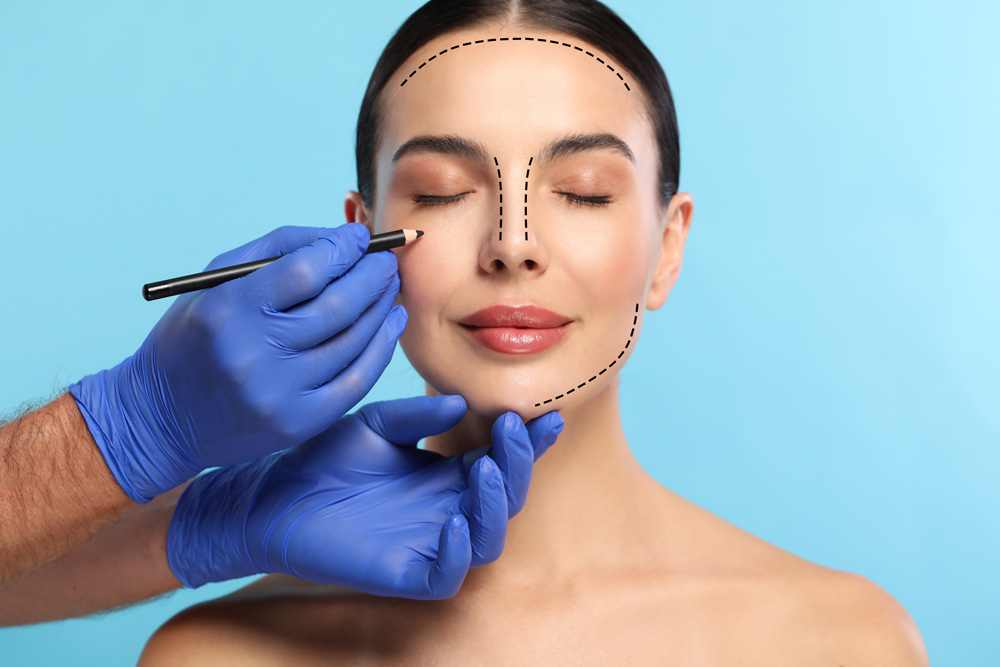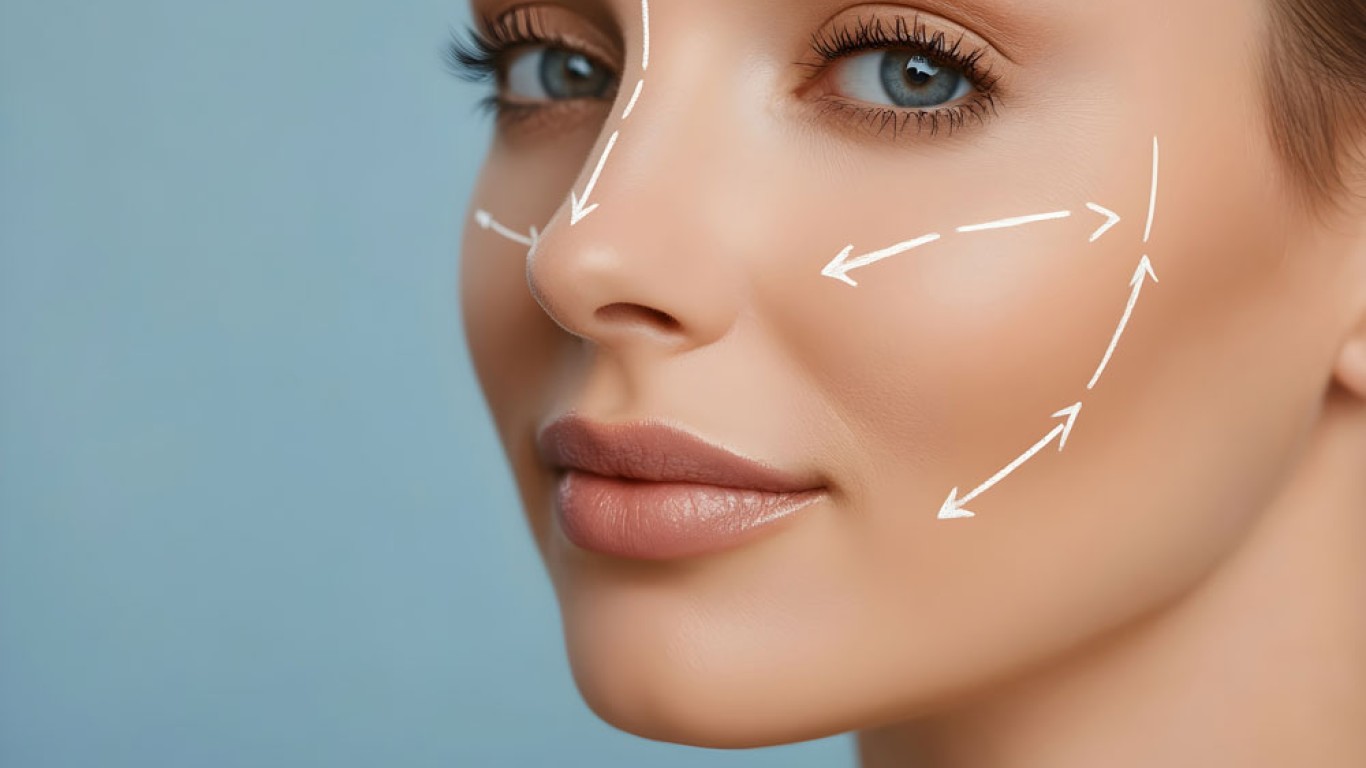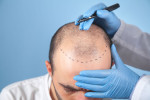Introduction
Rhytidectomy is also known as facelift surgery. It is a cosmetic procedure that reduces signs of ageing. It tightens sagging skin and improves facial contours for a youthful appearance. However, rhytidectomy suitability depends on various factors. Including age, skin condition, and overall health. Understanding these aspects ensures realistic expectations and informed decision-making. This article explores whether rhytidectomy is right for you. It covers eligibility, benefits, risks, and important considerations before surgery. With the right information, you can determine if a facelift aligns with your aesthetic goals. Additionally, gaining insight into recovery expectations helps you prepare for the journey ahead. Learning about the necessary lifestyle adjustments can also ensure long-term success.
Who Is a Good Candidate for Rhytidectomy?
Rhytidectomy is most suitable for individuals seeking to address moderate to severe facial ageing. Ideal candidates have good skin elasticity, strong bone structure, and realistic expectations. Additionally, non-smokers with overall good health heal faster and experience fewer complications.
Age is also an important factor. While facelifts are common for people over 40, younger individuals may benefit from less invasive treatments. Consulting a qualified surgeon ensures you receive the best advice on rhytidectomy suitability. Personalised recommendations help determine if surgery is the right choice for your needs. Furthermore, understanding the expected results allows for better satisfaction post-surgery. The decision to undergo surgery should be based on personal aesthetic goals rather than external pressures.
Key Benefits of Rhytidectomy
Rhytidectomy offers long-lasting results, making it an effective solution for facial rejuvenation. The procedure removes excess skin and tightens underlying tissues, restoring youthful definition. Consequently, many patients experience improved confidence and self-esteem after surgery.
Unlike non-surgical treatments, rhytidectomy provides more dramatic and enduring changes. It effectively targets deep wrinkles, sagging jowls, and loose skin. Furthermore, combining it with other cosmetic procedures enhances overall facial harmony. The benefits of rhytidectomy make it a popular choice for those seeking lasting improvements. Moreover, the procedure is highly customisable to suit different facial structures and aesthetic goals. A well-performed facelift can refresh the face without making it appear unnatural or overdone.

Factors to Consider Before Rhytidectomy Surgery
Several factors influence rhytidectomy suitability and overall satisfaction. Understanding these aspects ensures informed decision-making and a smoother recovery process.
Firstly, health plays a crucial role in surgical success. Chronic conditions, such as diabetes or high blood pressure, may increase risks. A thorough medical evaluation helps assess your ability to undergo surgery safely. Additionally, maintaining a stable weight supports long-term results and prevents future sagging.
Secondly, recovery time is an essential consideration. The healing process takes several weeks, requiring patience and commitment. Swelling, bruising, and temporary discomfort are expected but manageable with proper care. Following post-operative instructions ensures a smooth recovery and optimal outcomes. Moreover, arranging for assistance at home during the initial recovery phase can make the process more comfortable. Adhering to a well-balanced diet and hydration plan can also support the body's healing process.
Possible Risks and Limitations
While rhytidectomy is generally safe, all surgeries carry potential risks. Understanding these risks helps set realistic expectations and prepares you for the healing process.
Common side effects include swelling, bruising, and temporary numbness. However, these typically subside within a few weeks. More serious complications, such as infection or scarring, are rare but possible. Choosing an experienced surgeon reduces risks and improves safety.
Additionally, facelift results are long-lasting but not permanent. Natural ageing continues, and future touch-ups may be necessary. Non-surgical treatments can help maintain results over time. Knowing these limitations helps manage expectations and ensure satisfaction with your outcome. Proper skincare and sun protection can also help prolong results. Engaging in regular facial exercises and a consistent skincare routine can contribute to maintaining a youthful appearance.
Alternative Treatments for Facial Rejuvenation
Not everyone is a candidate for rhytidectomy. Fortunately, several non-surgical treatments provide effective facial rejuvenation. Exploring these options can help determine the best approach for your aesthetic goals.
Dermal fillers and Botox injections smooth wrinkles and restore volume without surgery. These treatments offer quick results with minimal downtime. Additionally, laser resurfacing improves skin texture and reduces fine lines. Combining multiple treatments may enhance overall facial appearance.
For mild sagging, thread lifts provide a less invasive alternative. They lift the skin using dissolvable sutures, offering temporary results. Consulting a specialist ensures the best recommendation based on your needs. Considering alternatives can help you make a confident and informed decision. Additionally, skincare routines incorporating retinol and collagen-boosting products can support overall skin health. Some individuals may find that a combination of treatments provides the most natural and balanced outcome.
Conclusion
Determining rhytidectomy suitability requires careful consideration of several factors. Ideal candidates have good skin elasticity, realistic expectations, and overall good health. The procedure provides long-lasting benefits but requires commitment to recovery and long-term care. Understanding the risks and possible alternatives ensures informed decision-making. Consulting a skilled surgeon is essential for personalised guidance and the best outcome. By evaluating all options, you can confidently decide whether rhytidectomy is right for you. Furthermore, staying informed about post-surgery care enhances overall satisfaction with the results. Proper post-operative care and a positive mindset can lead to a smooth recovery and improved long-term results.
For more information on rhytidectomy procedures and to book a consultation visit the ACIBADEM Beauty Center Facelift webpage.
Frequently Asked Questions
Most candidates are over 40, but suitability depends on skin condition rather than age alone.
Results typically last 10-15 years, though natural ageing will continue over time.
Yes, treatments like fillers, Botox, and laser resurfacing offer non-invasive facial rejuvenation.
Most patients recover within four to six weeks, but full healing takes several months.
Health, skin elasticity, age, and realistic expectations all influence candidacy for rhytidectomy.












